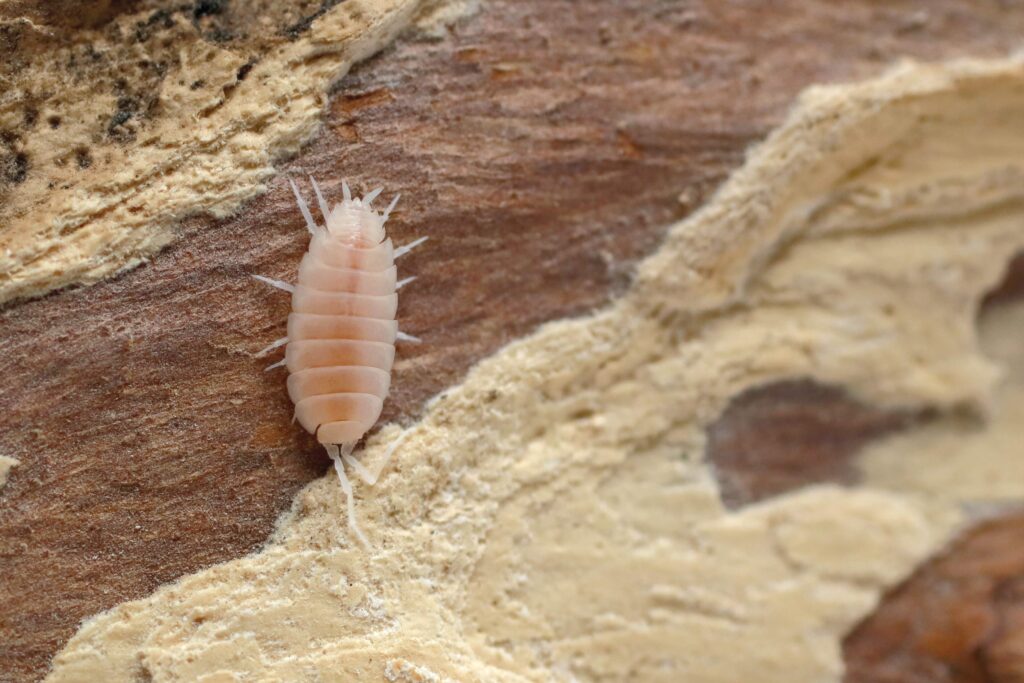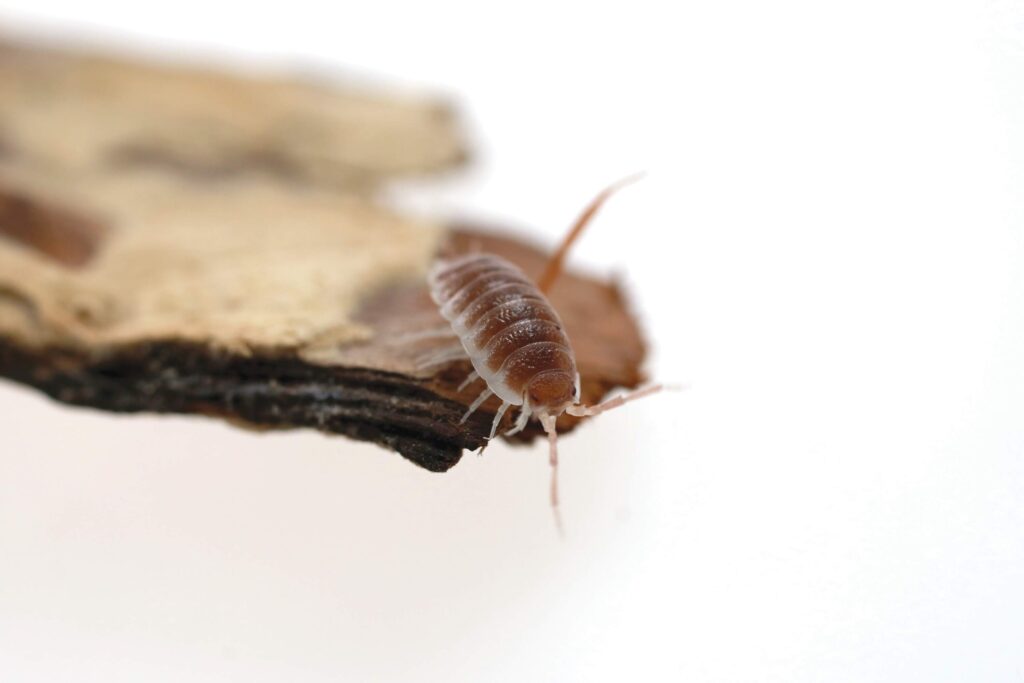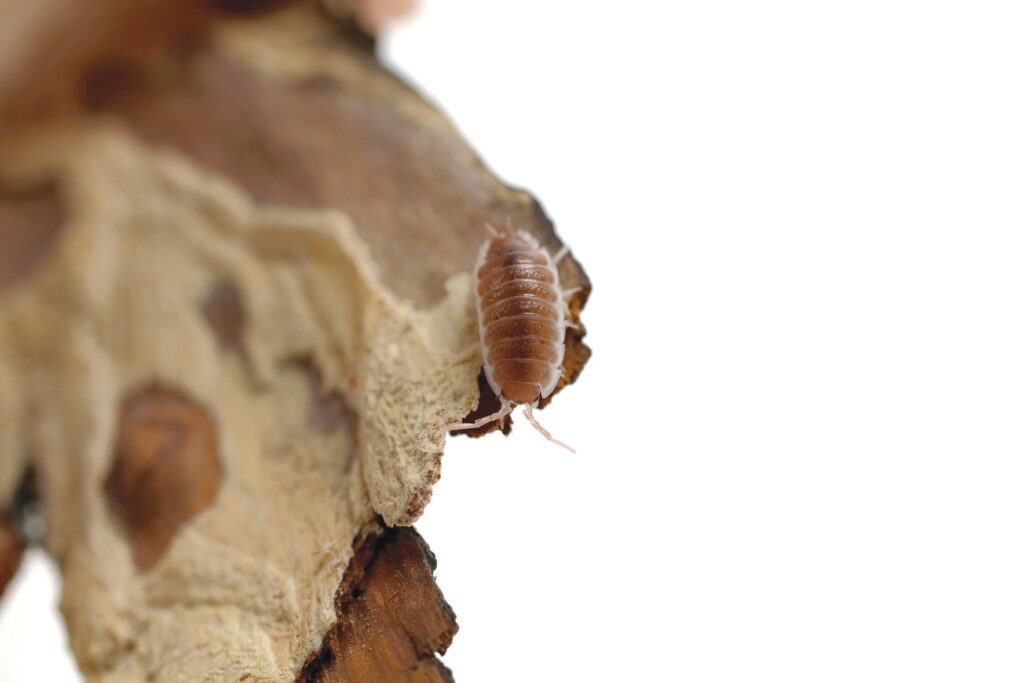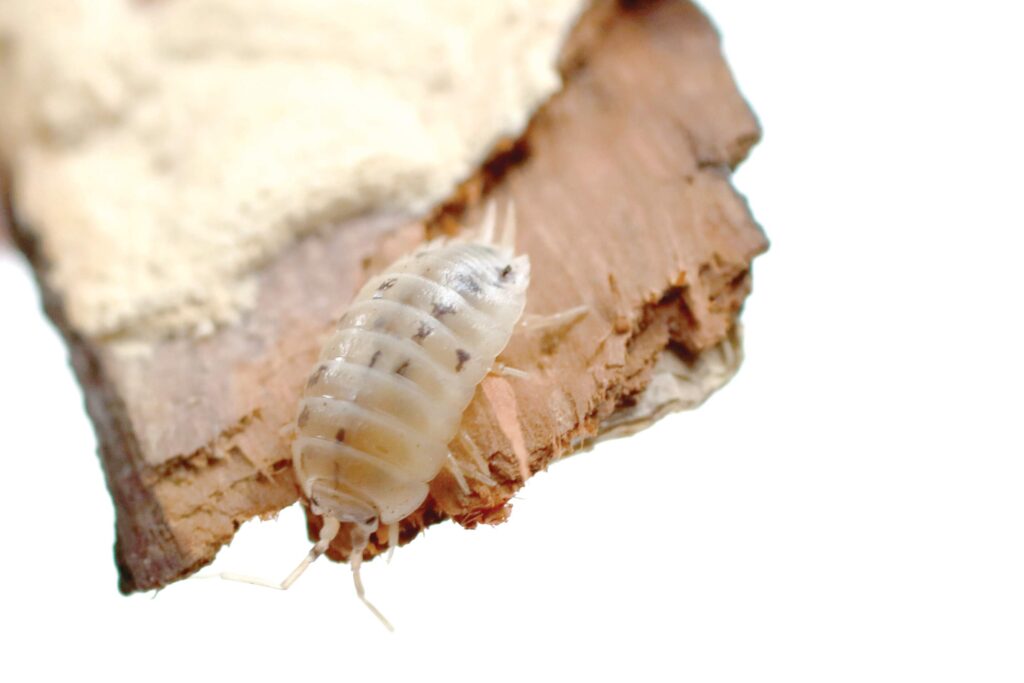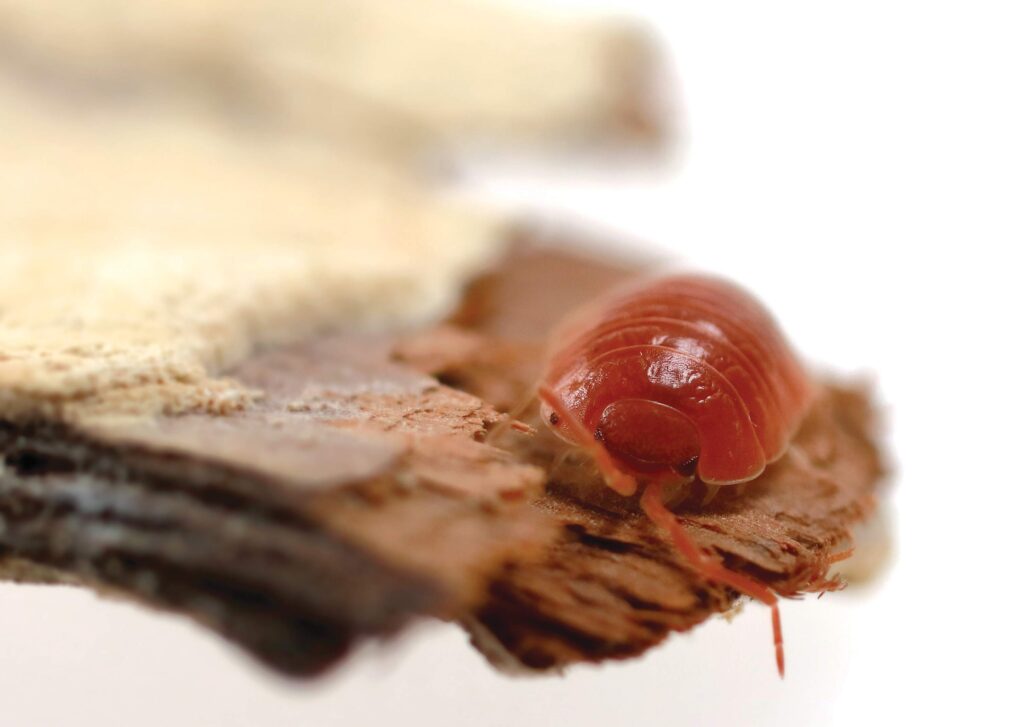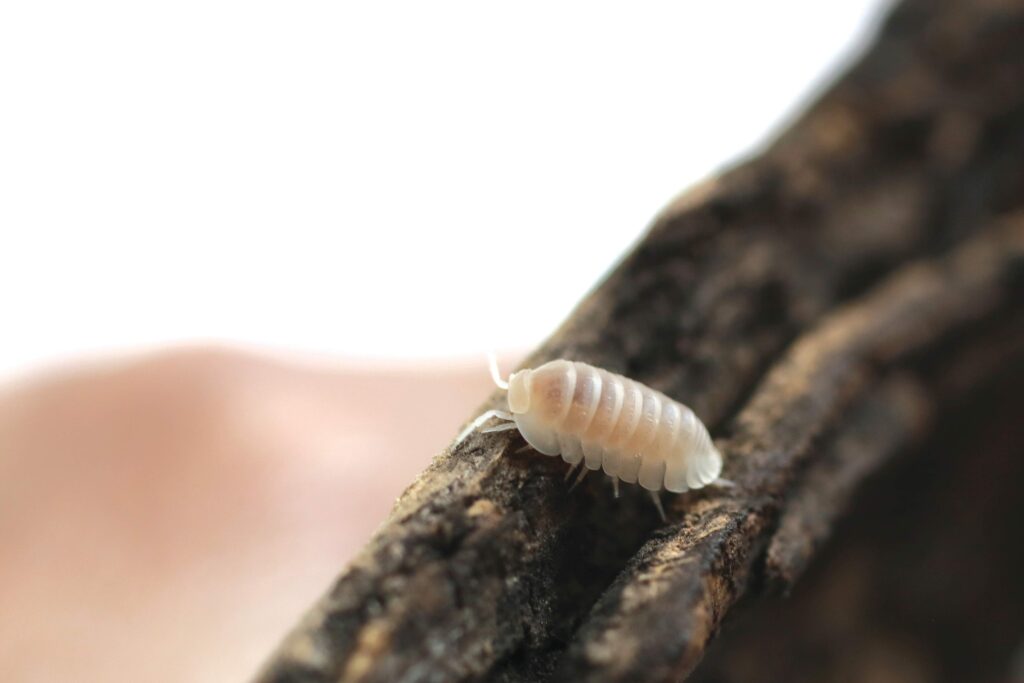When we think of animal companions, we usually think of Dogs, Cats, or even Lizards. But today, we will shine a spotlight on one of the more unique animal companions: the Isopod.

WHAT ARE ISOPODS?
We talked to Jeruel, an engineer with a passion for Isopods, about what they are and how to care for them.
Firstly, Isopods are not bugs; they’re more closely related to Crustaceans, such as Lobsters and Crabs. According to him, there are numerous species of Isopods, and they have a very wide range of colors from black to bright yellow and even white.
There are two types. The first one is composed of Marine Isopods who are found deep in the ocean. They appear large and ancient.
Secondly, there are the Terrestrial Isopods, described by Jeruel as “cute, colorful, and very active.” Terrestrial Isopods are found practically everywhere; they’re the ones seen under dead wood, for instance.
For him, Isopods are low maintenance, which means they don’t require that much space and procuring their food is easy.
THEY’RE EVERYWHERE!
Based on the National Oceanic and Atmospheric Administration website, there are about 10,000 species of Isopods in the world! No wonder Isopods are ubiquitous.
EVERYBODY LOVES ISOPODS
Isopods can be a Reptile’s best friend. They often like being the clean-up crew for a scaly creature’s terrarium and can coexist with other animals, such as Dogs, Cats, Birds, and Fishes.
Jeruel describes his own experience: “Each one has their own secluded spaces; hence, they harmoniously coexist.”
Isopods bring joy to Jeruel. He enjoys watching his Isopods going about in the terrarium and finds solace in watching them munching or walking about in their habitat. He also enjoys seeing new Isopods under logs or rocks.
His fondest memory is seeing Isopod offspring with odd patterns or coloring.
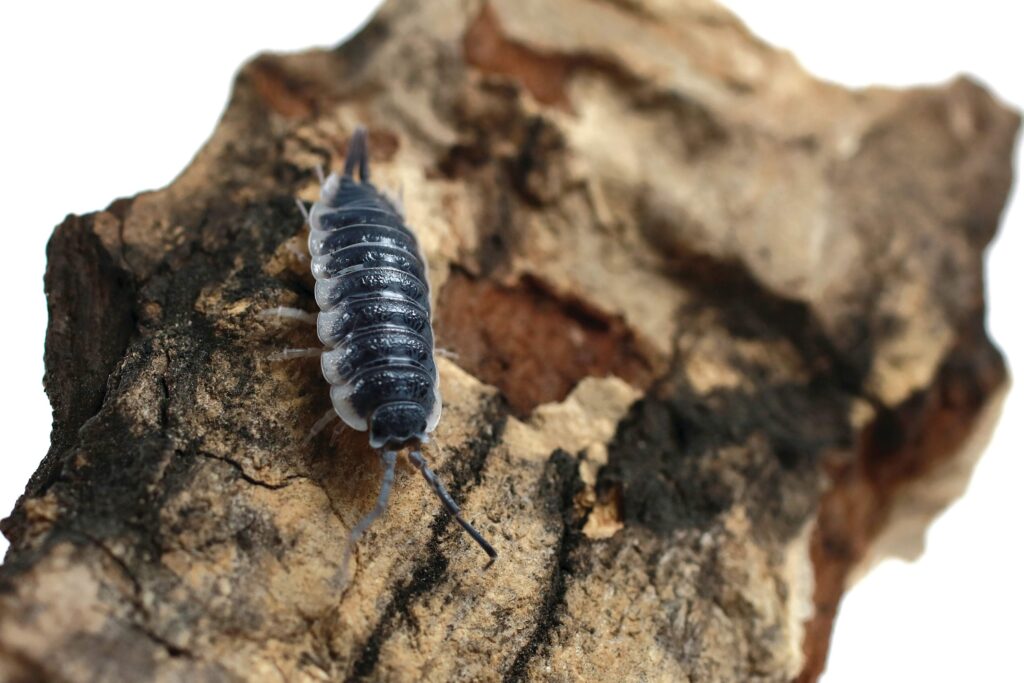
Porcellio sp. Sevilla
WILD VERSUS CAPTIVE
According to Jeruel, most of the available Isopods in the market are captive-bred or domesticated.
The difference between wild and domesticated Isopods is that wild Isopods are sensitive. They need a specific mixture of substrate and diet, and they don’t adapt well when kept indoors.
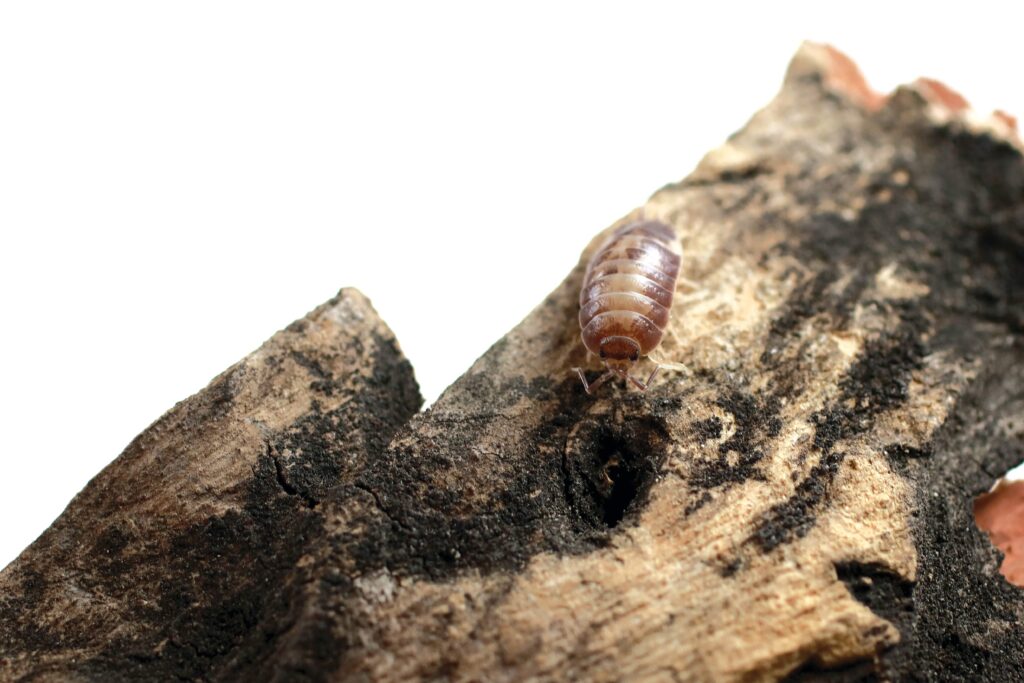
EASY-PEASY
Anyone with no previous exposure can easily take care of Isopods. “[They] can be great [companions] as they do not require a lot of space and their care is straightforward.”
Procuring food is also easy. Their diet consists of dried leaves or decaying plants. For treats, they can have dried Shrimp, Fish flakes, pellets and sliced cucumber.
HOW TO CARE FOR ISOPODS
You first need to consider which Isopods you would want to raise as there are a lot of species with varying growth rates. You could choose to either have a fast-growing colony or even a small one. Their growth rate will be the deciding factor when it comes to choosing the right terrarium for these crawlers.
It’s also important to do thorough research. Thankfully, there are plenty of resources on the internet.
For their habitat, he recommends a six-liter bin or enclosure to start with. He said that a fifteen-count colony would fill the enclosure within a month. This gives you ample time to prepare for the habitat’s expansion if necessary.
LOW MAINTENANCE
Isopods are so low maintenance that it only takes one minute to feed a colony, and they don’t demand lots of attention, unlike Dogs or Cats.
The only other thing you can do when taking care of them is misting their terrariums regularly, especially in hot, tropical places like the Philippines.
Additionally, according to a 2020 post by Kevin Herrera on the website Weird Pets PH, aside from misting and feeding at least once a week, it’s important to add calcium to their diet at least once a month. Isopods need calcium to make their exoskeleton strong. Calcium can be found in cuttlebone, crushed eggshells or Reptile calcium.

Porcellionides Pruinosus • Peach •
POPULAR ‘PODS
According to Jeruel, the most popular species of Isopods are Cubaris sp, Porcellionides and Porcellio. If you want a little color to your life (or terrarium, aside from green), these species come in a variety of colors.
If you have money to spare and would like to up your Isopod game, you might be interested in the Merulanella Sp.
WHAT’S IN A COLONY
There are usually 10-15 Isopods in a colony. As long as you give colonies proper care, they can live up to at least a year.
But there are some Isopod species that multiply fast, such as the Porcellionides. To avoid overpopulation, Jeruel advises you to either prepare a larger habitat for them or consider rehoming them.
He added that “multiple colonies and different species are not that hard to maintain, as long as you give time and proper maintenance.”
